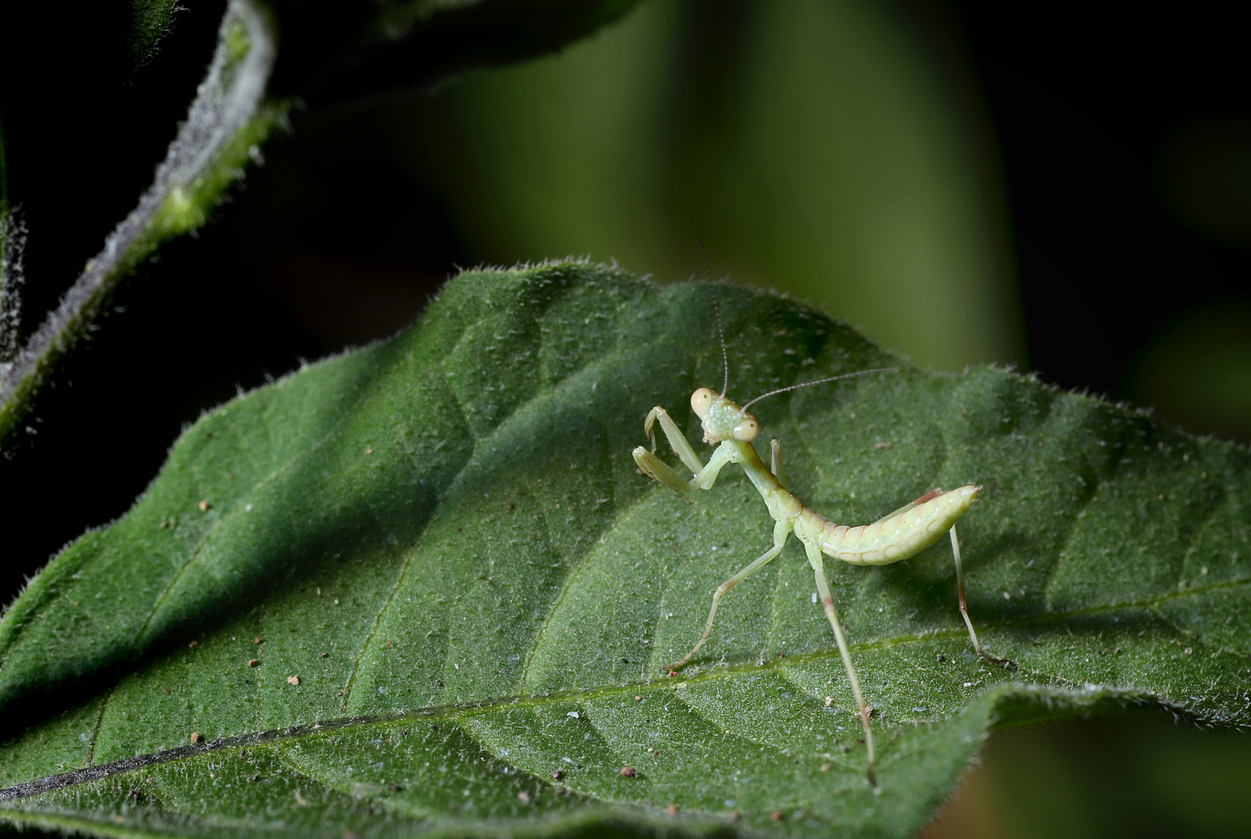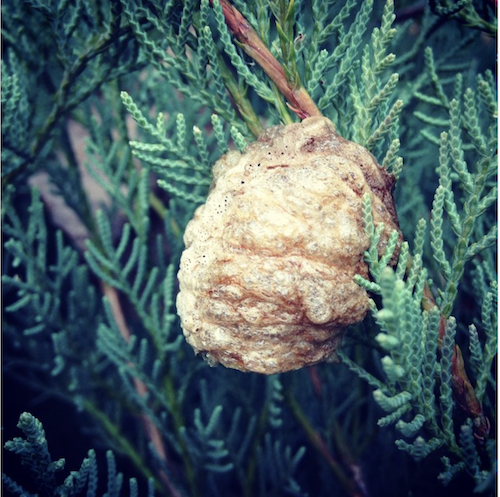We may earn revenue from the products available on this page and participate in affiliate programs. Learn More ›
When I was a nursery manager, I spent each year buying and selling plants, tools, patio furniture, and supplies, and advising customers on all sorts of lawn and garden concerns. After a busy spring, summer, and fall, I always looked forward to the change of pace that came with the holiday season. We would shrink the nursery inventory to about a tenth of its normal footprint in the store, and within a week, transition to a holiday wonderland of poinsettias, tabletop and tree decor, wreaths, garlands, and hundreds of freshly cut Christmas trees.
Unlike Christmas tree farms and many outdoor tree lots, when a retail greenhouse changes into a covered Christmas tree forest, keeping the floor clean becomes one of the primary chores. Accumulated branches, twine, and fir needles become serious slip and trip hazards that must be addressed. In this daily cleanup routine among the fallen branches, I discovered a helpful resource for my own yard: praying mantis egg casings.
RELATED: Don’t Kill These 17 Beneficial Insects in Your Garden
My ability to recognize these little marvels came the hard way. One fall day when I was about nine years old, I saw a walnut-sized foam knob on a tall grass stem in the field behind my parents’ house. After breaking it off the plant for a closer look, I absentmindedly put it in my pocket. Later that day I showed it to my Dad when he was working in the shed, and he explained that it was full of praying mantis eggs and that I should not take it in the house. I left it in the shed.

On the first warm Saturday the next spring, when I was sent to get the mower out for its annual oil change, I opened the shed door and was shocked to find tiny praying mantis nymphs everywhere. Dad was not impressed. But the bugs eventually found their way out of the building, and we continued to find them stalking and feeding on other insects around the yard the rest of that summer.
Praying mantises are predators that feed on smaller bugs such as aphids, leafhoppers, caterpillars, beetles, grasshoppers, flies, and crickets. Some gardeners think of them as a biological weapon against pests. Predatory insects balance populations of plant-eating insects, reducing visible garden damage and eliminating the need to spray insecticides. Praying mantises are non-venomous and almost entirely harmless to humans, although they can bite defensively if they are antagonized.
An adult female praying mantis lays her eggs in the fall, ahead of the first frost – a few weeks before Christmas trees are harvested for delivery to tree lots. She surrounds the egg sac, which may hold up to 300 eggs, with a whitish or tan frothy foam that soon hardens to protect the eggs through winter. The hardened foam casing is called an ootheca (plural: oothecae). Under normal conditions, the eggs hatch when the weather turns warm in spring. But things work differently when the eggs are attached to tree branches on a Christmas tree farm.
RELATED: Don’t Kill These 17 Beneficial Insects in Your Garden

On our Christmas tree lot, I typically found between 10 and 25 oothecae each season from the 1,500 or so trees we sold. I collected as many as I could find and either brought them home to hatch in my landscape beds or gave them to interested employees or customers along with my (usually unsolicited, possibly unwanted) educational spiel. It’s hard to guess how many others went home with unsuspecting customers, still attached to tree branches.
I never again brought praying mantis eggs indoors. Hatching is tied to temperature rather than time. Inside a warm home, the ootheca is an egg bomb from which hundreds of newly hatched praying mantis nymphs will be released into the living room. Whether you cut your own tree or buy from a tree lot, be sure to check the branches for praying mantis egg sacs. If you find one, you’re in luck. Simply remove it from the tree and place it in a sheltered area outdoors, a few feet above ground level.


